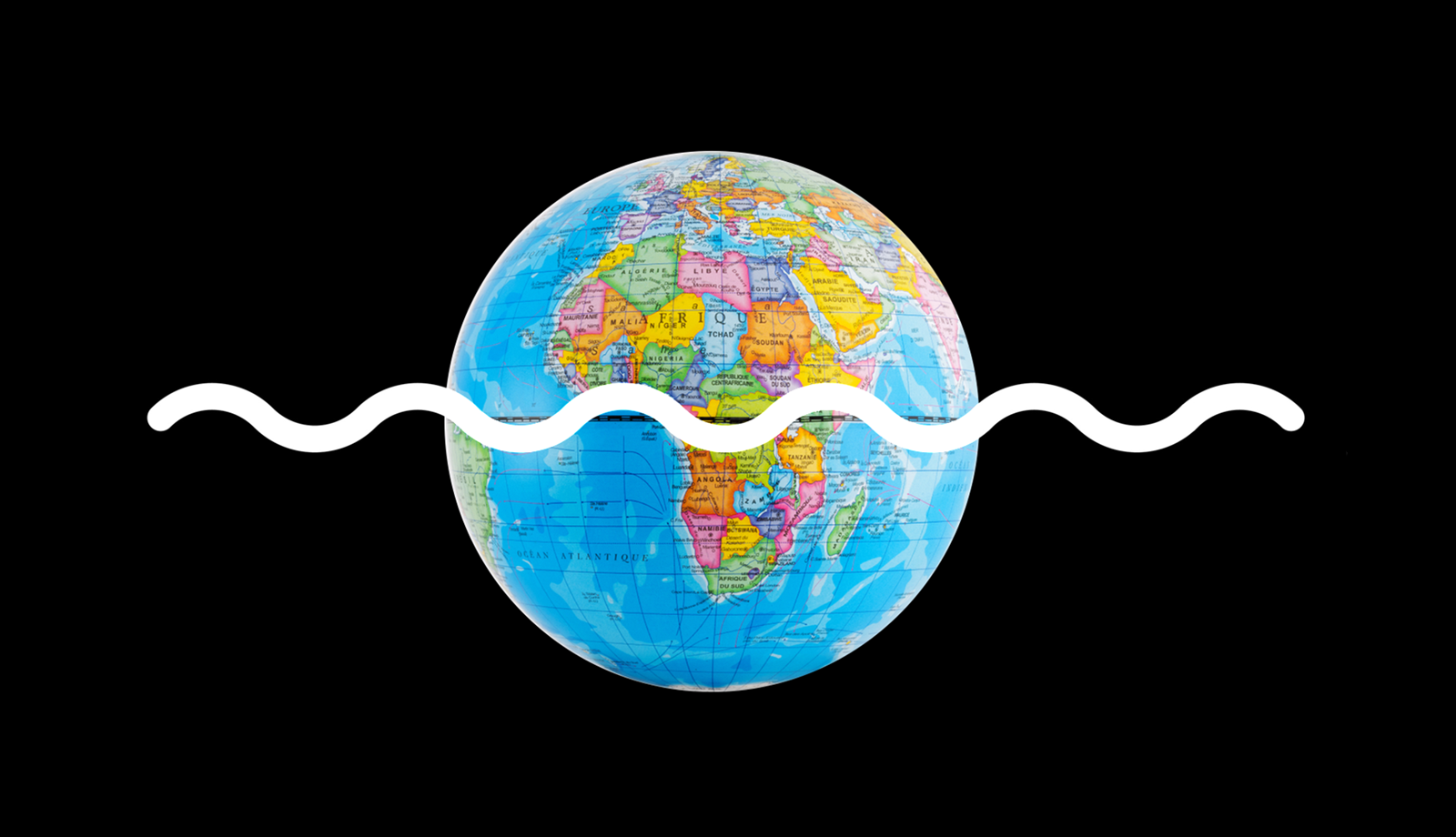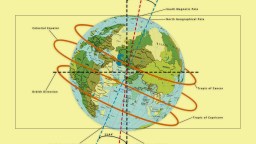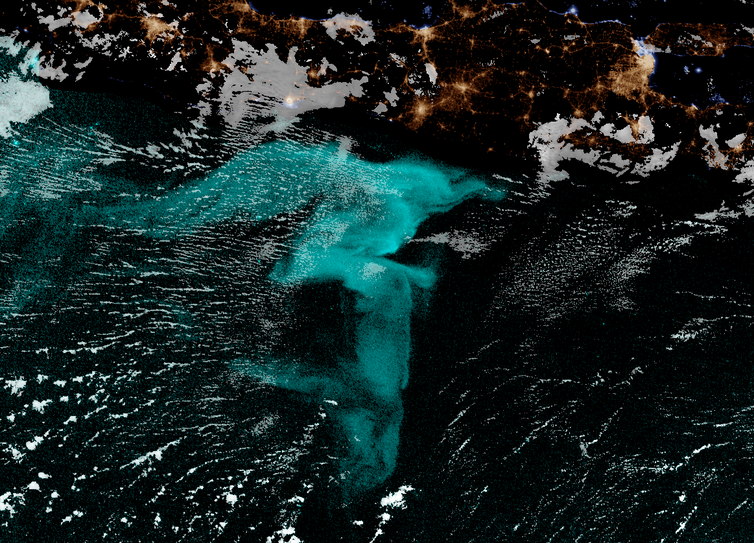Sign up for Big Think on Substack
The most surprising and impactful new stories delivered to your inbox every week, for free.
No matter what happens to you in life, there’s one constant you can always depend on: that when night falls, the Moon will be there in the sky. Dun-dun-dun: or can you? Chris and Brendan have submitted a question to Bill Nye after discovering that the Moon is moving away from Earth 1.48 inches per year. Will it keep drifting further away, and what happens to Earth when it does?
This is exactly what certain specialists at NASA’s Jet Propulsion and Applied Physics lab do all day; they calculate orbital motions and their repercussions. It’s common knowledge that the Moon exerts a gravitational force on our planet and causes tidal bulges. What’s less often taught in class is that those tidal bulges push energy back at the Moon, moving it ever so slightly into a higher orbit.
There’s evidence to show that the Moon used to be much closer to Earth and days were much shorter, but as the Moon slings further away and Earth’s rotation slows down, the days are getting longer and will continue to do so – but no need to panic: to give you an idea of the time scale, in 100 years from now, the day will only have increased by 2 milliseconds.
Eventually, billions of years from now, our planet’s rotation will have slowed so much that it would take a month to complete a turn. Our oceans would freeze, the tides would be unable to bulge, and that’s where it ends: the push and pull between the Earth and Moon would stop for good.
There’s no way we’ll be around then though, says Bill Nye, whether we evacuate this planet or wipe ourselves out or get into a galactic collision with Andromeda, so stay curious, but cool as a cucumber.
Bill Nye’s most recent book is Unstoppable: Harnessing Science to Change the World.

Question: Hi. I’m Chris. I’m Brendan. We did some research and we saw that the moon is drifting away from Earth at 1.40 inches per year. We’re wondering what would happen if the moon finally drifts away. Thanks.
Bill Nye: Chris, Brandon I believe. Brendan. Greetings. Yes the moon is moving away from the Earth. What happens when the moon eventually moves away from the Earth. You should be a celestial mechanician. You should be an orbital mechanical engineer. You should get a job at jet propulsion lab or the applied physics lab. That’s what you should do. That’s what these people do all day is figure out the orbital motions of these various bodies. So the moon’s moving away so you would presume its influence on the tide would steadily decrease. And moving away its orbital period will get slightly longer so the tides will get slightly more spread out. But when it becomes a significant thing that’s a long time in the future. But it’s fun to think about isn’t it? It’s fun to wonder. So keep an eye on things out there in space and just while we’re here consider joining the Planetary Society. That’s what we talk about all the time is orbital motions, how we’re going to get spacecraft to extraordinary destinations here in the solar system – Mars, Europa the moon of Jupiter with twice as much sea water of the Earth.
Do you want to set up a telescope on the far side of the moon? If you want to do that you’re going to have to understand these orbital motions. Big fun Chris, Brendan. This stuff is what makes people go to schools to learn math so they can compute orbital motions and understand the motions of the heavens. So go for it.







